UHF Tag
A UHF tag is a type of Radio Frequency Identification (RFID) tag that operates in the ultra-high frequency (UHF) range, typically between 860-960 MHz. These tags are used for a variety of applications, including asset tracking, inventory management, and access control, due to their ability to be read from a distance and their ability to be read simultaneously.
Here’s a more detailed explanation:
-
RFID Technology:
UHF tags are part of the broader RFID technology, which uses radio waves to automatically identify and track tags attached to objects.
-
Frequency:
UHF refers to the specific frequency range (860-960 MHz) at which these tags operate, distinguishing them from other RFID technologies like HF (High Frequency) and LF (Low Frequency).
-
Components:
UHF RFID tags consist of a microchip and an antenna, and sometimes a substrate for adhesion. The microchip stores data, and the antenna allows the tag to communicate with a reader.
-
Reading:
A UHF RFID reader emits radio waves that activate the tag.
-
Data Transmission:
The activated tag sends back its stored data to the reader, which then processes this information.
-
Simultaneous Reading:
A key advantage of UHF RFID is the ability to read multiple tags simultaneously, making it efficient for inventory management in large spaces like warehouses.
-
Longer Range:
UHF tags generally offer a longer read range compared to other RFID technologies, allowing for reading from several meters away.
- Logistics and Supply Chain: Tracking goods in warehouses, shipping containers, and during transportation.
- Retail: Inventory management, loss prevention, and point-of-sale systems.
- Access Control: Managing entry to buildings or restricted areas.
- Asset Tracking: Monitoring the location and status of valuable items.
- Race Timing: Tracking participants in races and marathons.
-
Passive Tags:
These tags are the most common and don’t have their power source. They are powered by the radio waves emitted by the reader.
-
Active Tags:
These tags have their power source (like a battery), which allows for a longer read range and more advanced features.
-
Hard Tags:
These are more durable and rugged, often used for tracking high-value assets.
-
Labels/Inlays:
These are paper-thin and often used for retail and inventory management.
-
Specialized Tags:
Tags are designed for specific applications, like windshield tags for vehicle identification.

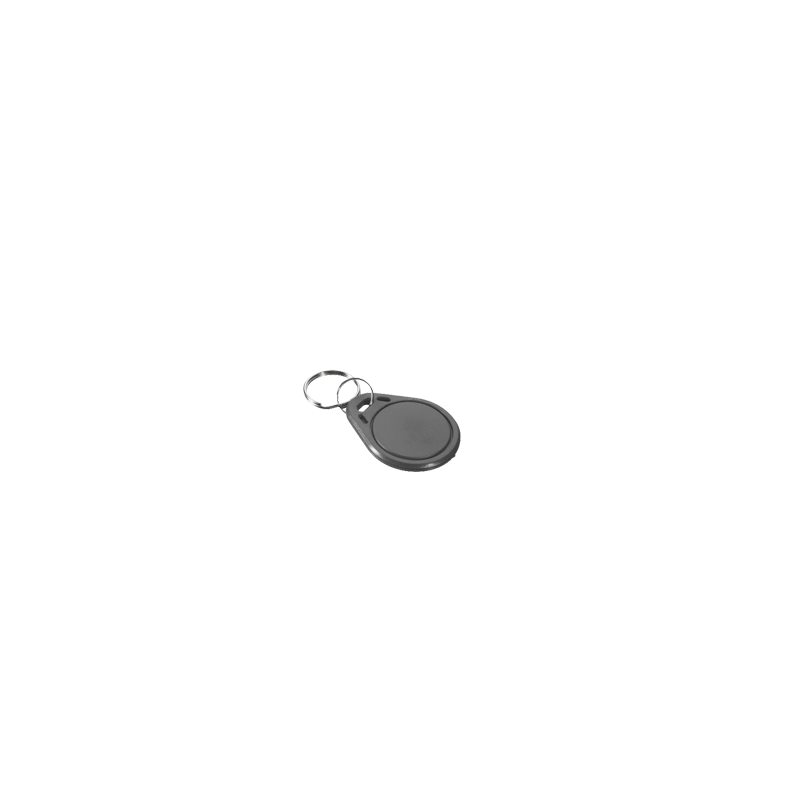
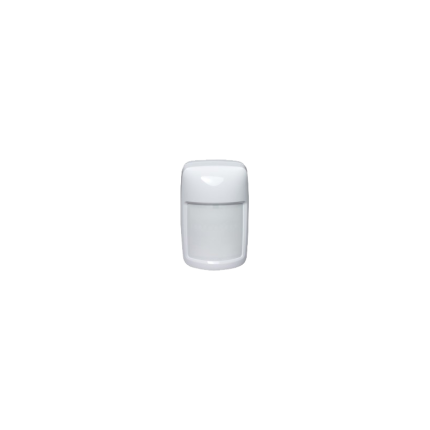
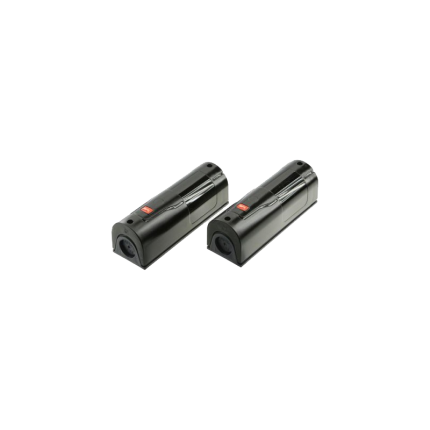

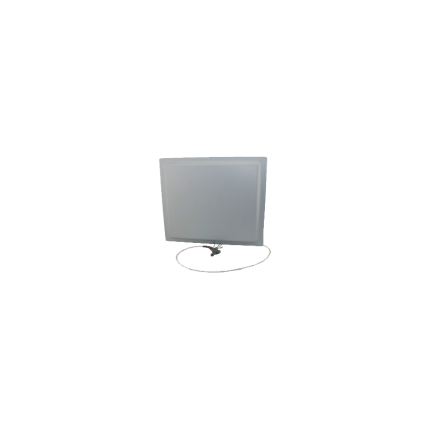
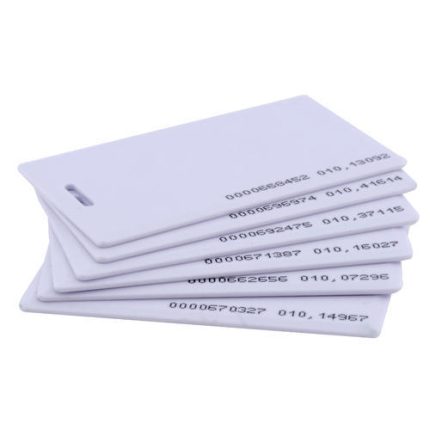
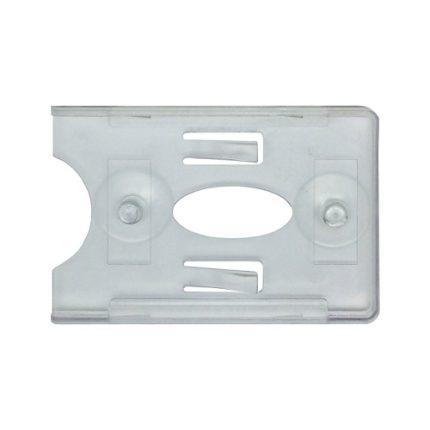
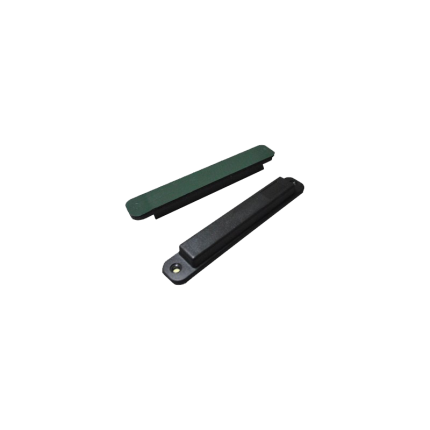

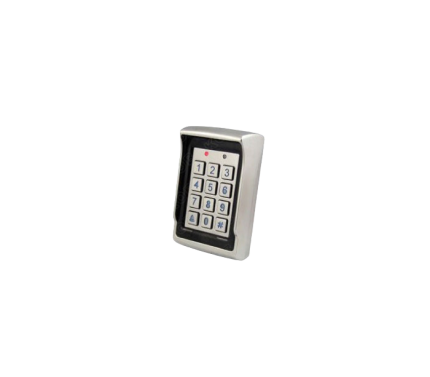
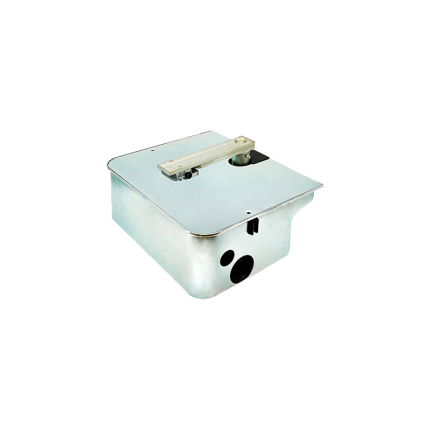
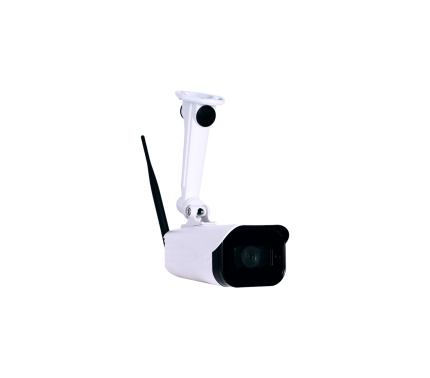

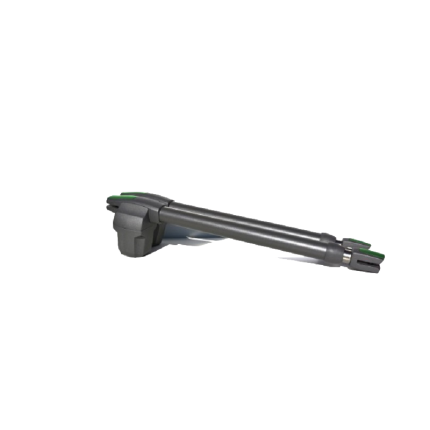
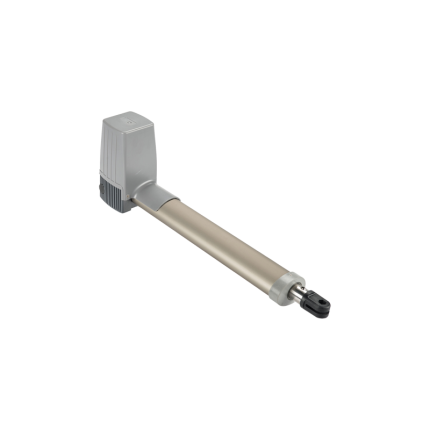
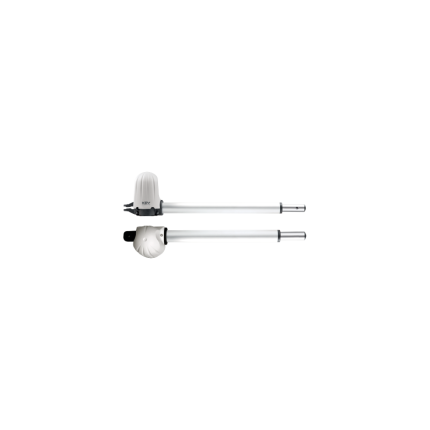
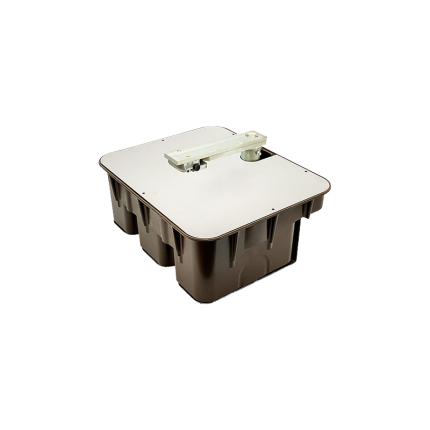









Reviews
There are no reviews yet.